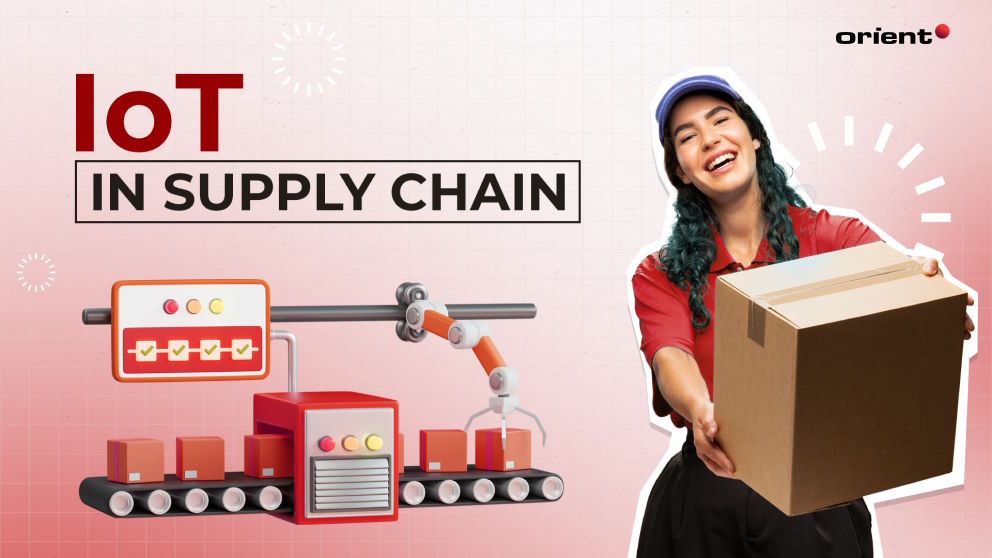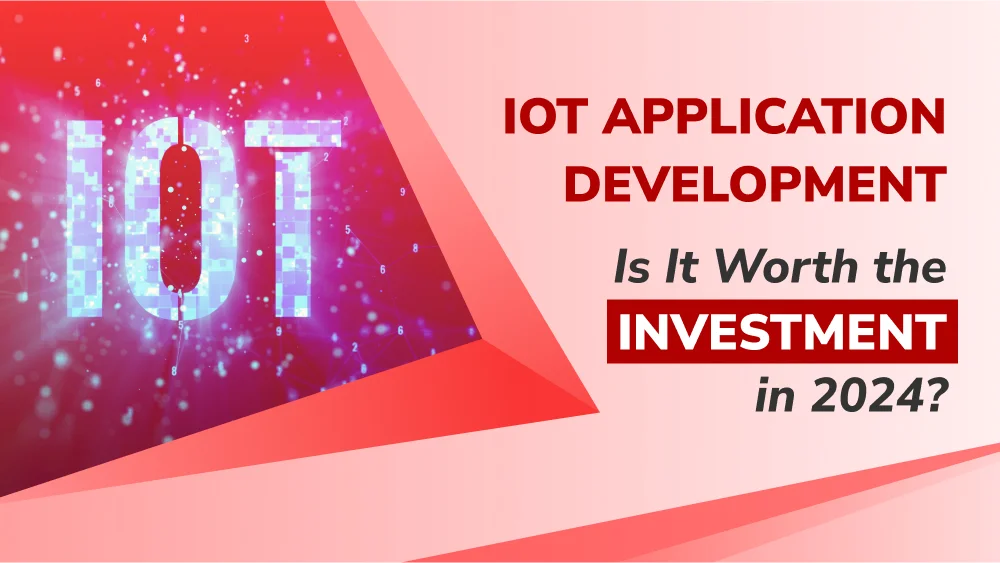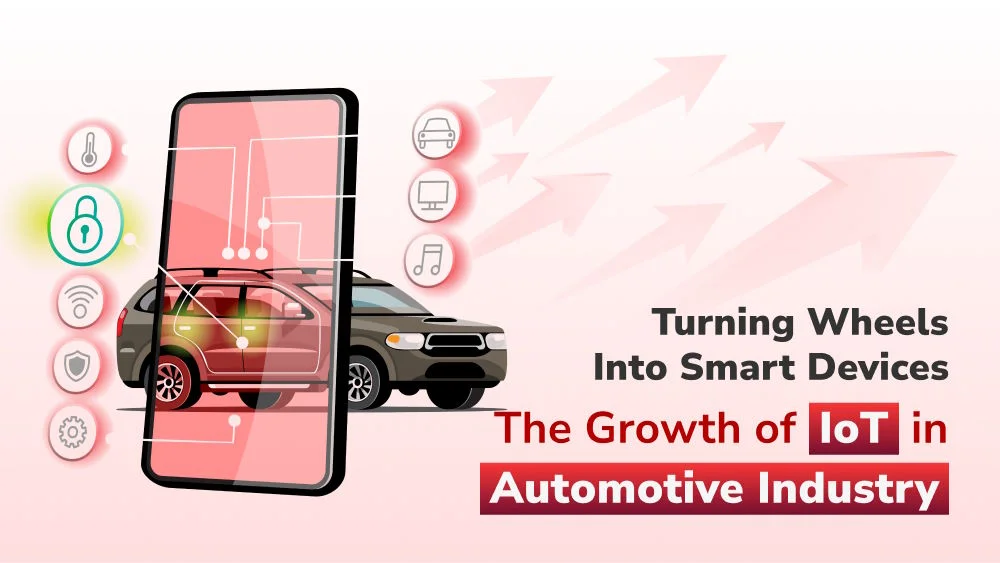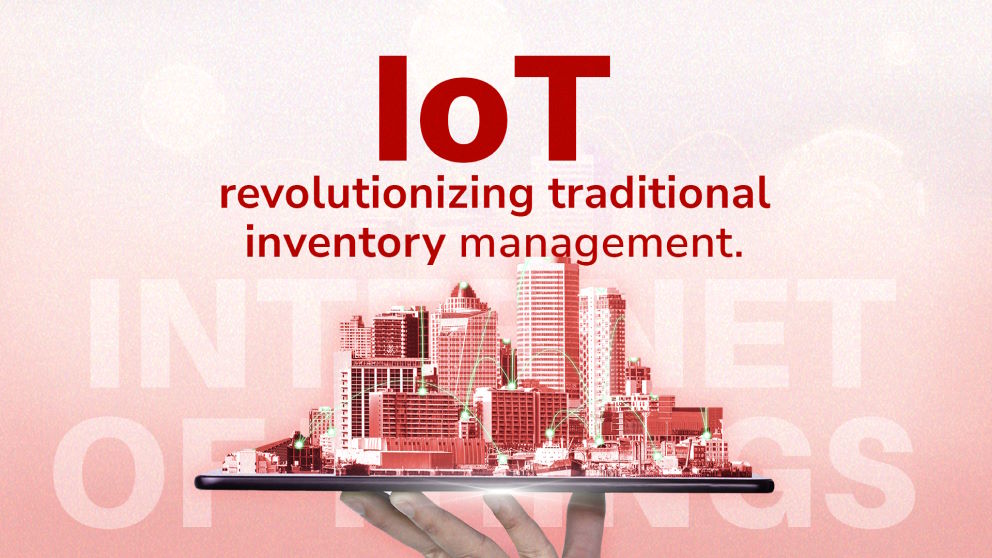IoT in Supply Chain: How IoT Empowers Supply Chain at Every Step?

Content Map
More chaptersAs technology advances, it is easier than ever for businesses to connect with supply chain partners globally. With a growing number of suppliers and customers, there may come a time when managing such complex supply chains becomes challenging for humans.
IoT solution comes in this situation. With a massive real-time data collection, IoT in supply chain simplifies operations and maximizes customer experiences. People often say that IoT (Internet of Things) technology is transforming supply chain management and the logistics industry’s efficiency at every step. However, what is the truth behind it?
The Relationship between IoT Devices and Supply Chain Operations
The development of modern technology has greatly improved both people’s lives and the production activities of enterprises. Mobile devices that used to be only communication tools have reached a new level by allowing users to exchange information and control other connected devices via the Internet. And we call this new technology IoT (Internet of Things). In short, IoT refers to the connected physical device network that collects and exchanges real-time data through the Internet.
As the global population increases, the usage of mobile devices is also on the rise. In order to optimize the tremendous amount of raw data provided by IoT technology, intelligent combinations, and applications are being developed. These include IoT and big data, IoT in security, and other aspects of daily life.
Perhaps you have heard about parcels delivered by self-driving cars and drones at least once. Yes. IoT solutions have gradually landed in logistics and supply chain operations without you even knowing it. The above example is just one small application of IoT in supply chain management, among many.
Thanks to the connection of various IoT sensors and connected devices, IoT creates a network without human intervention. “Live data” powered by the IoT ecosystem serves every process within the supply chain. IoT helps businesses track good movement and conditions in real time. IoT-enabled smart contracts and blockchain can automate payment settlements. Either way, IoT reduces supply chain costs and improves supply chain efficiency in a nutshell.
How IoT Technology Reduces Supply Chain and Logistics Bottlenecks?

It is undeniable that every production cycle and management activity revolves around humans. However, businesses with the help of robotic process automation (RPA) even surpass human capabilities in terms of speed, safety, and efficiency. It is the balanced combination of the two approaches, including automation and human involvement, that leverages the strengths of each and delivers superior outcomes.
People claim that IoT has impacted all aspects of the logistics industry, from warehouse management to quality management. But how can?
Real-time Data and Monitoring
The most outstanding strength of IoT is real-time data collection. With IoT special sensors enabling the gathering and transfer of raw materials and information like RFID tags, businesses easily collect all data on various aspects of the supply chain, such as equipment performance, inventory levels, and transportation conditions, without spending as much time, money, and effort as before. Information is updated continuously and directly automatically, contributing to the smooth flow of goods. If any errors occur in logistics operations, such beneficial characteristics detect bottlenecks early, thus taking immediate resolution action.
Predictive Analytics
Due to the huge amount of continuously updated information, it is not difficult for supply chain managers to achieve accuracy in predicting product delivery. If businesses closely monitor the flow of goods and analyze them into valuable information, they can detect potential patterns and trends that may lead to bottlenecks in the supply chain. Having all the information, such as delivery time, vehicle performance, track routes, weather conditions, and possible traffic jams during transportation and promptly responding to them to the recipient, will ensure maximum customer satisfaction.
Predictive Maintenance and Risk Management
As with many other custom software products, the inventory management and supply chain also require regular maintenance from experts to ensure functionality. However, this is an extremely expensive process as it requires a wide range of personnel with high technical expertise and abundant time. So why don’t we suppress maintenance failures before they happen?
With IoT in the supply chain, businesses are more proactive in monitoring equipment health. IoT systems automatically send the warehouse management software the necessary alerts when equipment shows signs of failure, thus reinforcing proactive decision-making in supply chain bottlenecks and minimizing expensive downtime.
Improved Visibility and Transparency
If previously only the logistics company could comprehend information concerning your goods, now, with the help of IoT solution, transparency and end-to-end visibility across the supply chain is available to every party involved in the shipping process. Once implementing IoT in supply chain, businesses and customers can easily track the movement of goods and monitor inventory levels and any internal policy compliance. This way, the supply chain provides the maximum assurance of unauthorized activities with materials and procedure deviation, leading to better collaboration among supply chain stakeholders.
Enhanced Communication and Collaborations Between Stakeholders
It is through the transparency of information within the supply chain systems and the timely notification of unexpected changes in the transportation process that IoT seamless collaboration and communication between supply chain partners. To push customer satisfaction to the highest level, many organizations also launch special CRM apps, which assist users in tracking their order status as well as monitoring transportation via GPS at the same time as the product provider.
Industry Applications of IoT in Supply Chain Management
Any industry that is involved in supply chain management can apply IoT to their operations. In which field are you operating? Here are some typical industry-specific applications of IoT in supply chain management.
Automotive Industry
- Track the location and condition of vehicle parts throughout the supply chain.
- Ensure timely delivery and efficient production processes.
- Enable predictive maintenance for vehicles.
- Reduce downtime and optimize fleet management.
- Monitor the quality and condition of automotive components during manufacturing and transportation.
Pharmaceutical Industry
- Monitor the humidity and temperature of pharmaceutical products during transportation and storage.
- Track inventory levels in real-time to provide accurate visibility into stock levels of pharmaceutical products across the supply chain.
- Monitor the condition of manufacturing equipment and machinery in pharmaceutical facilities.
- Enable packaging to provide tamper-evident features and prevent counterfeiting.
- Follow the condition and usage of pharmaceutical equipment in different locations.
Construction Industry
- Track the location and usage of construction materials and equipment.
- Enhance safety and security on construction sites by detecting hazardous conditions and alerting authorities in case of emergencies.
- Improve inventory management and reduce theft or loss.
- Enable preventive maintenance.
- Monitor energy consumption in construction sites, including electricity usage, HVAC systems, and lighting.
Electronics Industry
- Combat counterfeiting in the electronics industry by using unique identifiers and authentication protocols.
- Provide valuable insights for demand forecasting.
- Optimize energy consumption in manufacturing facilities by monitoring and controlling energy usage in real-time.
- Track and monitor inventory levels in warehouses, distribution centers, and retail stores.
Oil and Gas Industry
- Monitor remote oil and gas assets, such as pipelines and rigs.
- Detect potential safety hazards such as leaks, fires, or unauthorized access.
- Enable real-time tracking of inventory levels.
- Track and monitor the movement of goods, vehicles, and equipment.
- Enable end-to-end visibility across the supply chain, from production to delivery.
The Future of IoT in Global Supply Chains
The supply chain industry has been experiencing a quiet transformation thanks to the internet of things (IoT) for quite some time. Although it may not receive the same level of recognition as other technological advancements, IoT has long played an important role in optimizing supply chain operations.
There are many clear examples in reality that demonstrate the superiority of IoT when properly integrated into the supply chain system. Amazon - one of the leading e-commerce giants - has successfully solved the difficulty of recruiting warehouse workers by replacing them with 100,000 IoT robots capable of carrying up to 750 pounds of heavy loads while following pre-programmed routes. A famous shipping and logistics company in Denmark - Maersk, has also launched a system called “Remote Container Management” to monitor the temperature and humidity in shipping containers, ensuring goods are in the best condition.
The question is, “Can a small or medium-sized company apply IoT to their supply chain like giants?” The answer is yes. The implementation of IoT in the supply chain is not limited to any big player in the industry. The development of information technology has contributed to improving IoT technologies, making them more accessible and affordable, even for startups.
The process of integrating IoT into the existing supply chain system will certainly be challenging due to the integration complexities and data security concerns. Your job is to equip yourself with the necessary knowledge, carefully plan, and collaborate with suitable technology partners to achieve maximum performance when applying IoT in the supply chain. Kick off your IoT process integration by gathering a team of professionals with Orient Software now.







